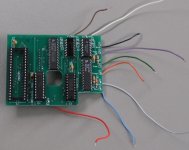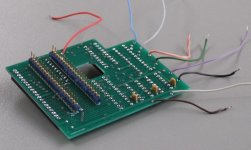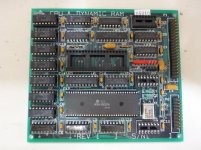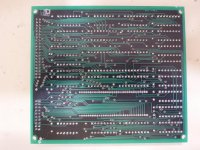TRS-Ian
Veteran Member
FINALLY - I have the 512K (or 256K if you prefer) upgrade for the Model I. It's a variation on the old Anitek Supermem upgrade from the late 1980s.
I'm hoping this will be the beginning of a series of three memory upgrades... the other two being for the Model III and 4.
http://www.ebay.com/itm/512K-Supermem-upgrade-kit-board-for-Tandy-Radio-Shack-TRS-80-Model-I-computer-/152582555415?hash=item2386a10717:g:twMAAOSwIjJZPhFP
I have the parts on hand to make about 10 of them. Drop me a line if interested.


Cheers,
Ian.
I'm hoping this will be the beginning of a series of three memory upgrades... the other two being for the Model III and 4.
http://www.ebay.com/itm/512K-Supermem-upgrade-kit-board-for-Tandy-Radio-Shack-TRS-80-Model-I-computer-/152582555415?hash=item2386a10717:g:twMAAOSwIjJZPhFP
I have the parts on hand to make about 10 of them. Drop me a line if interested.


Cheers,
Ian.


